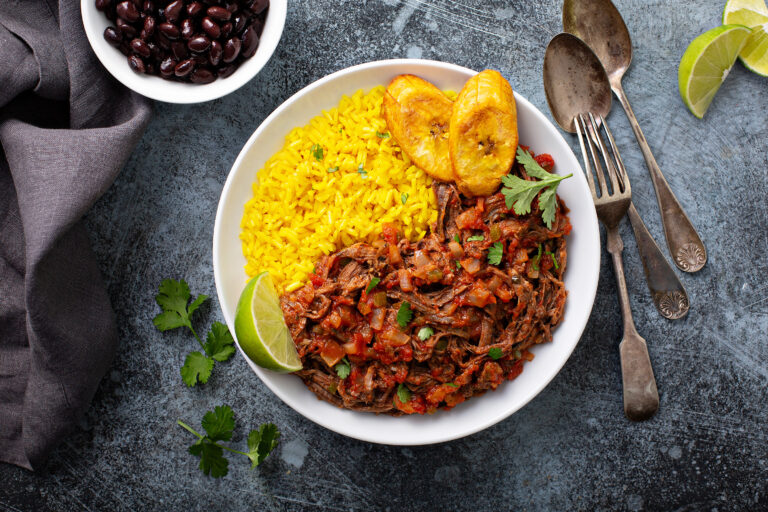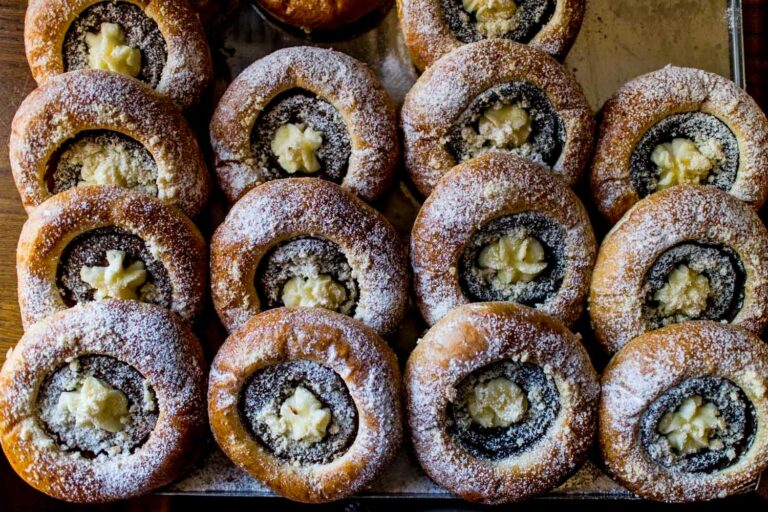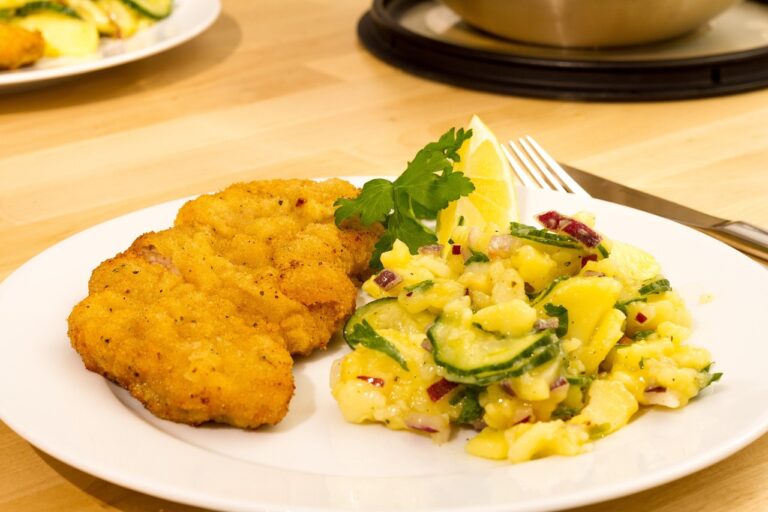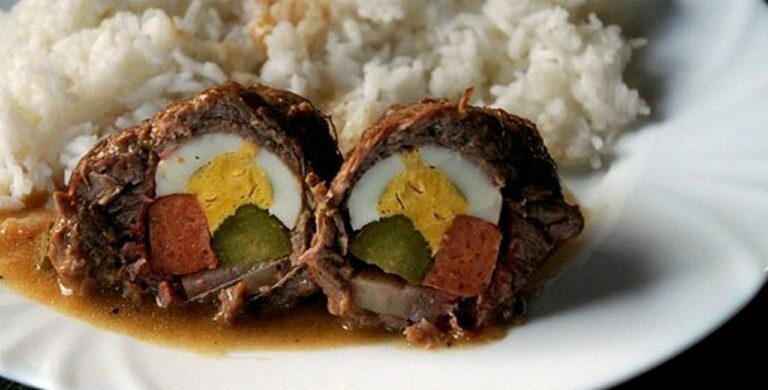Introduction
Czech cuisine has a rich culinary history and is known for its hearty meat-based dishes and flavorful sauces. However, many people are unaware of the various condiments and sauces that are frequently used in Czech cooking. These sauces and condiments can elevate the taste of any dish and are a must-try for anyone exploring Czech cuisine.
Must-Try Czech Condiments
Czech cuisine is famous for its creamy sauces and flavorful soups. Here are some of the most popular condiments and sauces used in Czech dishes:
Chřest s máslovou omáčkou (Asparagus with butter sauce)
Chřest s máslovou omáčkou is a traditional Czech dish that is often served as a starter. The dish features fresh asparagus that is grilled or boiled and served with a creamy butter sauce. The sauce is made by melting butter in a pan, adding flour to thicken it and then mixing in cream until the sauce becomes thick and creamy. The sauce is then flavored with salt, pepper, and lemon juice, giving it a tangy kick.
Bramborová omáčka (Potato sauce)
Bramborová omáčka is a creamy potato sauce that is often served with meat dishes. The sauce is made by boiling potatoes until they are soft and then mashing them with cream, butter, and milk. The sauce is then flavored with salt, pepper, and garlic, giving it a rich and savory flavor. This sauce is perfect for adding a creamy texture to any dish.
Kulajda (Sour mushroom soup)
Kulajda is a traditional Czech sour mushroom soup that is a staple in Czech cuisine. The soup is made with potatoes, mushrooms, dill, and sour cream, giving it a tangy and creamy flavor. The soup is seasoned with vinegar, sugar, and salt, which gives it a unique taste. This soup is perfect for warming up on a cold winter day.
Kyselica (Sauerkraut soup)
Kyselica is another traditional Czech soup that is made with sauerkraut, potatoes, and sausage. The soup is flavored with a combination of paprika, caraway seeds, and garlic, giving it a rich and savory taste. The sauerkraut gives the soup a sour taste, which is balanced by the other ingredients, making it a perfect hearty meal.
Česnečka (Garlic soup)
Česnečka is a popular Czech garlic soup that is often served as a starter. The soup is made with garlic, potatoes, and bacon, which gives it a rich and savory taste. The soup is flavored with thyme, bay leaves, and sour cream, which adds a tangy kick to the soup. This soup is perfect for garlic lovers and is a great way to warm up on a cold day.
Zelný salát (Cabbage salad)
Zelný salát is a cabbage salad that is often served as a side dish with meat dishes. The salad is made by shredding cabbage, carrots, and onions, and then mixing them with a dressing made from vinegar, oil, sugar, and mustard. The salad is then seasoned with salt, pepper, and dill, giving it a tangy and savory taste. This salad is a perfect accompaniment to any meat dish and is a great way to add some vegetables to your meal.
In conclusion, Czech cuisine has a rich history of flavorful sauces and condiments that are a must-try for anyone exploring Czech cuisine. From creamy potato sauces to tangy cabbage salads, these condiments and sauces are sure to elevate the taste of any dish. So, the next time you try a Czech dish, be sure to add some of these condiments and sauces to your plate.




